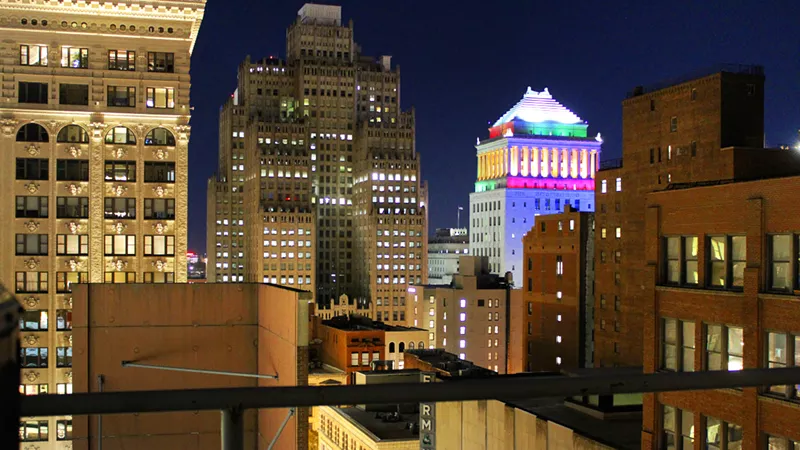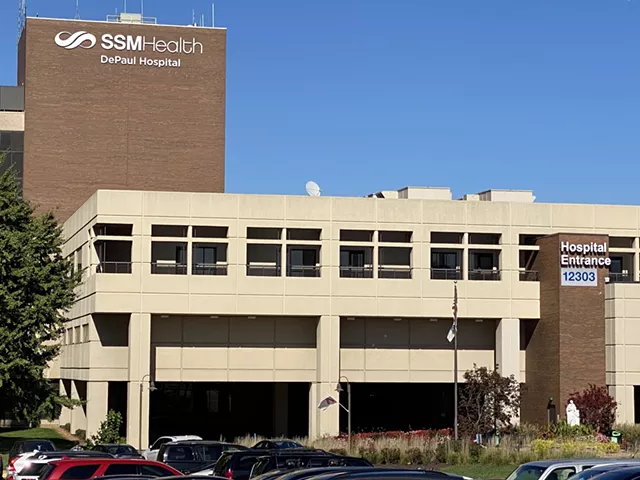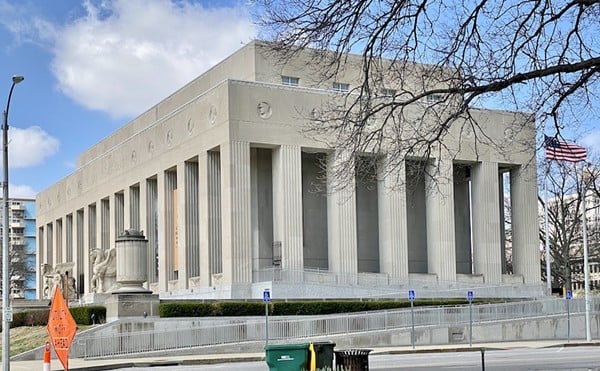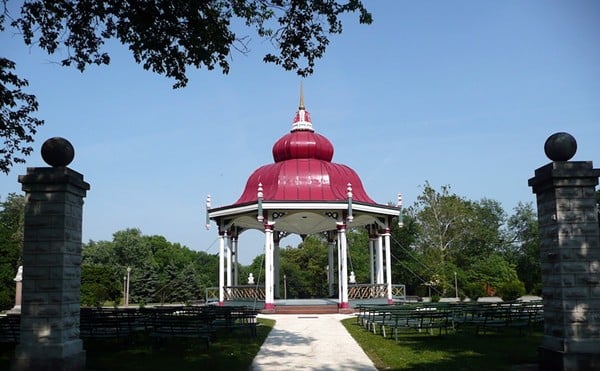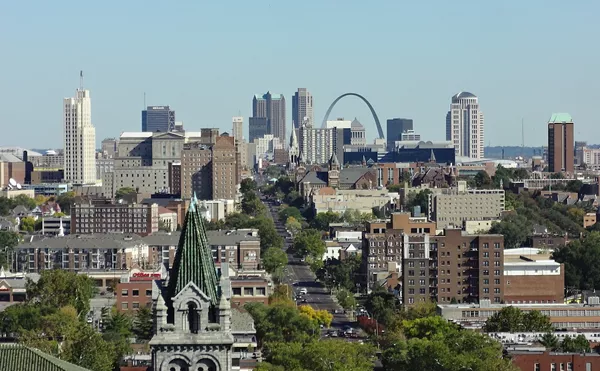New Environmental Regulations For St. Louis Large Buildings Kick In
Own a large building in St. Louis? You may be in for a surprise.
Starting as soon as next week, the city will send notices to the owners of hundreds of buildings not in compliance with new energy performance standards.
Failure to comply could result in $500 per day fines, imprisonment, or a loss of the property's occupancy permit.
The notices stem from 2020’s Building Energy Performance Standards bill, unanimously passed by the Board of Alderman and signed into law by then-Mayor Lyda Krewson. Perhaps because of this consensus, there was little fanfare.
The ordinance affects buildings larger than 50,000 square feet; St. Louis has slightly fewer than 1000 buildings of this size, and about 650 will need to decrease energy usage to become compliant, though the amounts will vary.
"For example, a hospital has a lot more energy use than a multi-family housing unit," Alderwoman Cara Spencer tells the RFT.
St. Louis was the fourth U.S. city to implement regulations of this sort and the first Midwestern city to do so. Right now, buildings are responsible for 80% of St. Louis’ total greenhouse gas emissions, which is twice the national average.
Most owners have until 2025 to comply. Some affordable housing and places of worship larger than 50,000 square feet have until 2027.
However, building owners must submit their energy use data from 2021 by May 1, and data from 2024 will be used to determine if building owners are in compliance for 2025, meaning that owners have about 20 months to get their buildings into compliance.
Spencer says she believes St. Louis is well-situated to become an environmental leader. She cited the easy access to waterways, which are energy-efficient ways to transport goods, as well as our abundant housing stock.
"The greenest building is one already built," she says.
The city has a website where building owners can report data as well as access resources to help bring their buildings into compliance.
We welcome tips and feedback. Email the author at [email protected]. Follow him on Twitter @RyanWKrull

